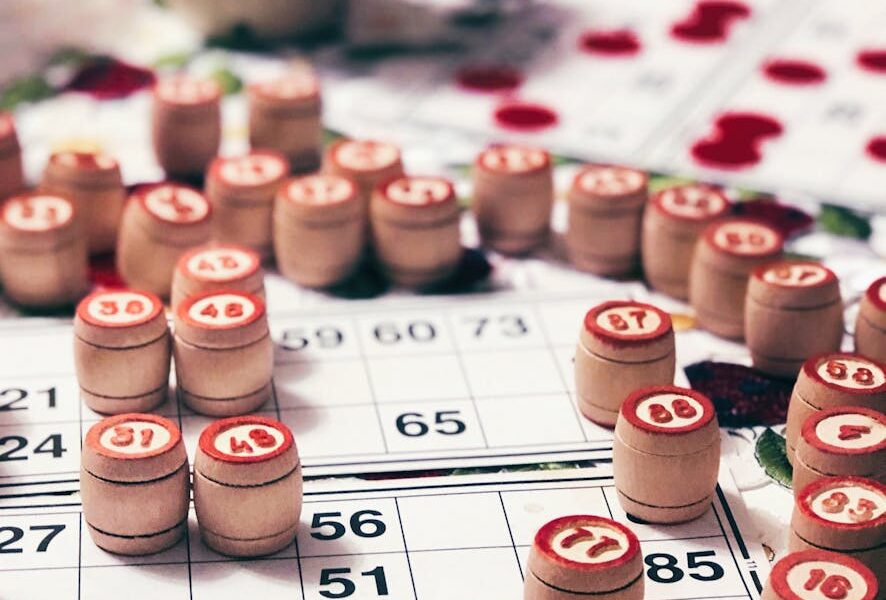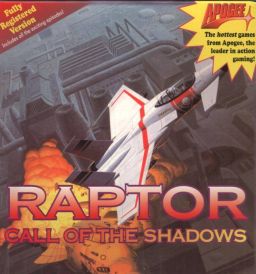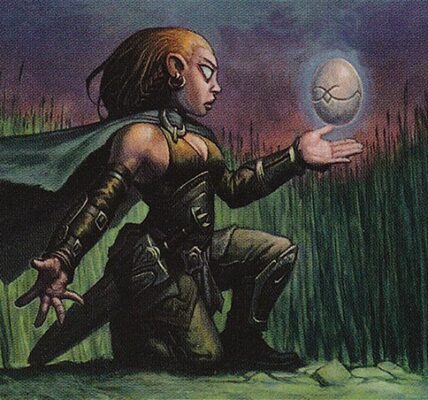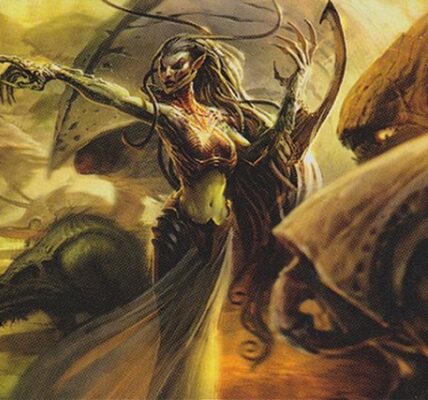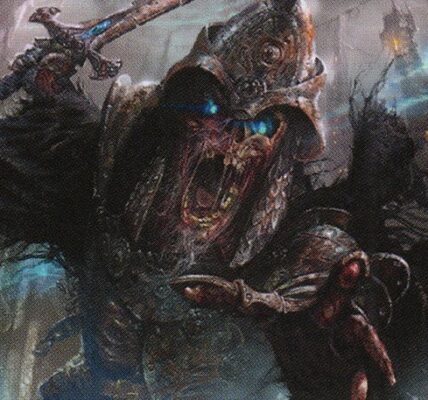The history of Bingo spans centuries, owing its origins to a lottery game in 16th century Italy. Today, Bingo is one of the world’s most popular games of chance. It’s often played in churches, casinos, and even halls used for the primary purpose of playing bingo! It’s extremely popular in the United States, the United Kingdom, and Australia, as well as other parts of the world.
The Early History of Bingo
The game we all know and love as bingo began as Lo Giuoco del Lotto d’Italia. By the end of the 18th century, the lotto game was adopted in France, where it became known as Le Lotto. This game was played in French high society and often played at parties and other social gatherings.
The game of Le Lotto was played with special cards divided into nine columns and three rows. Each row consisted of ten numbers. Then, in each column, there were five random numbers plus four blank spaces. Like in modern bingo, each player had a different lotto card. This card would be used to mark numbers announced by a caller. The player to first cover one row would win the game. Sound familiar?
As the lotto game spread around Europe in the 19th century, several educational versions of the game popped up in the German toy market. These lotto games actually could teach a number of things, from multiplying numbers to spelling words and more.
How the Game Became Beano
In the late 1920s, the popular European game of chance had made its way to North America. By this time, the game had become known as Beano, as the cards were marked with literal dried beans! Beano became popular at county and state fairs all over the United States.
Similar to the game of bingo we know today, Beano involved each player having cards with random numbers with a caller announcing numbers for players to mark on their cards. When a player had a called number on his or her card, that number would be marked with a bean. When a player filled a row with beans, the player would call out “Beano!”
Of course, Beano would soon become Bingo. How did that happen?
The Father of Modern Bingo
One December night in 1929, a New York toy salesman named Edwin S. Lowe visited a county fair near Jacksonville, Georgia. It was there that Lowe experienced the game of Beano for the first time. He saw that it had potential as a parlor game and decided to buy beano equipment. He purchased dried beans, cardboard, and a rubber numbering stamp on his way back to New York. This was because Lowe planned on hosting regular games of Beano at his home.
Back in New York, the friendly games of Beano proved to be a success. During one game, there was a girl who won and excitedly stuttered “Bingo” instead of “Beano.” This mistake on the part of one excited winner actually inspired Lowe to create a new game based on Beano by the new name of Bingo.
Playing Bingo for Charity?
Lowe’s original Bingo game came in two versions. There was a dozen-card version and a two-dozen card version. The first cost one dollar and the second cost two dollars. It was an immediate hit.
Not long after Lowe’s new Bingo game hit the market, he was approached by a priest from Pennsylvania who wanted to use the game for charity fundraising. While this seemed like a good idea, after a short trial, the priest found that Bingo lost the churches’ money. That’s because there were too many winners, as the variety of bingo cards were too limited.
In order for Lowe’s Bingo game to succeed, he needed to greatly lower the chances of winning with a larger selection of bingo cards. Lowe contracted Columbia University math professor Carl Leffler to create a much larger variety of bingo cards with unique number combinations. In a year, he had six thousand bingo cards. A popular myth is that in doing so, Professor Leffler went insane, although it’s never been proven that Lowe’s task in particular was responsible for his insanity.
Bingo’s Huge Success
With this massive increase in the possible number of bingo card combinations, bingo became a harder game to win, and therefore much more exciting and profitable! In just five years, Lowe’s bingo game enjoyed almost ten thousand bingo games a week throughout the United States and Canada! Bingo became so popular that Lowe’s company had to employ several thousand employees and needed over sixty presses running twenty-four hours a day to keep up with the demand!
With the rapid growth of Lowe’s Bingo game, many others created versions of the game to capitalize on that success. Lowe could’ve decided to trademark the name Bingo in order to profit, but others were already creating new names for their Bingo variations. So, Lowe had a clever solution. Instead of a licensing fee, he simply asked for $1 a year from anyone who wanted to call their own versions of the game Bingo.
With this extremely low price, Lowe actually grew the game even more, as now literally anyone could create their own Bingo games. Nowadays, there are at least a dozen variations on bingo with countless different themes. Interestingly enough, Bingo is often used as an educational game, just like its European ancestor. Thanks to the innovations of Edwin Lowe, Bingo is a game that can be enjoyed by millions for many years to come.

